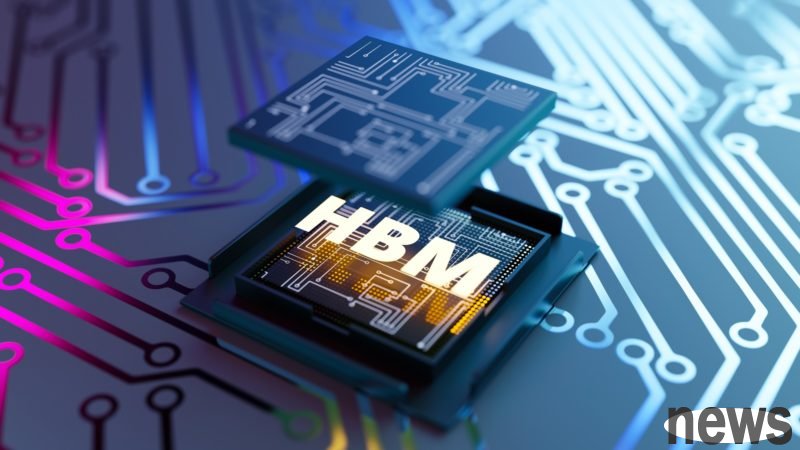
According to the report of the Korean Central Committee, South Korea's Samsung is accelerating the construction of its crystal factory in Pinze, Gyeonggi Province. This plan represents the market share that Samsung is planning to regain the market share occupied by SK hynix and Micron in the high-frequency wide memory (HBM) market after its new factory construction has been suspended for several months.
In the past few months, Samsung has continuously obtained key approvals issued by the Pingze Municipal Government, especially P4 factories, which have obtained multiple temporary use permits, the most recent time in early June. It is possible to allow Samsung to be used for limited use before its full completion, including installation of equipment, trial operation or allowing restricted staff to enter.
Since early 2024, due to the weak chip demand and internal capital configuration considerations, the construction of P4 and nearby P5 factories has been suspended for a while. However, recent events in the P4 factory show that Samsung is actively expanding its production scale, which is highly consistent with its goal of re-establishing the memory market leadership position through the next generation of HBM4 products. Moreover, in order to support the production of HBM4 and increase the current yield of about 40%, Samsung is investing in order to expand the production capacity of Pingze Phase II and Phase IV and Huacheng Line 17. Although Samsung Electronics spokesperson refused to comment on the plan, the market generally believes that this is its key step in competing for the HBM4 market.
In addition, Samsung is betting on advanced 10-nanometer 1c process for the upcoming HBM4 products. This contrasts with the previous generation 1b process used by SK Hynix and Micron Technologies, and although the 1c process does not necessarily perform well, Samsung still emphasizes that this is one of the competitive advantages. At the April financial conference, Samsung revealed that it is preparing to start HBM4 mass production in the second half of the year, with the goal of completing internal approval before the third quarter and stabilizing yield. This timetable is very challenging because analysts point out that despite the improvement in the yield of 1c process, it is still in the development stage.
Morbis Morgan Stanley's latest report that Samsung may be approved by NVIDIA (Nvidia) Rubin GPU's HBM4 sample nine months ago as a key catalyst. After approval, not only will the potential market cause Samsung's stock price to rebound, but it can also reshape the HBM landscape. NVIDIA certification is of great importance to Samsung HBM's market position. It not only concerns its strength, but also directly affects market share and investor confidence.
However, the Samsung challenge is still not to be underestimated. Market analysts warn that NVIDIA's certification process will be more stringent performance standards than Samsung's internal baselines, especially in terms of speed and power consumption. Currently, Samsung's 12-layer stacked HBM3E products have not yet been certified by NVIDIA, but rivals SK Hynix and Micron have both crossed this milestone. In fact, SK Hynix has shipped early HBM4 products to NVIDIA, further highlighting the huge pressure Samsung faces in the HBM4 competition.
In addition, Samsung also focuses on technical bottlenecks and complex chip structures in terms of expanding production scale. The upgrade of the HBM4 bandwidth requires denser via holes and a more complex through-silicon via (TSV) structure, which makes the manufacturing process much more difficult. These technical challenges not only test Samsung's engineering capabilities, but also provide a serious test on its production yield and cost control structure.
Despite the challenges, the overall mood of the memory market is still happy, benefiting from the continued strong demand in the artificial intelligence (AI). Market analysts said the global HBM market will reach 133.4% annual growth in 2025, with the amount reaching US$43 billion, and the market size will rise to US$135 billion with the full deployment of NVIDIA's 1TB memory Rubin Ultra in 2028. This shows that HBM's strategic position as a key component for AI applications is very critical.
Therefore, although Samsung is still working hard on NVIDIA's HBM3E certification, its products have been won by other major customers. For example, American Ultramicro (AMD) launched the MI350 AI GPU on June 12, which is equipped with a 288GB 12-layer stacked HBM3E memory provided by Samsung and Micron. It is worth noting that this is exactly the same HBM3E product that Samsung is still seeking NVIDIA certification. Whether it can be approved by NVIDIA in the future is still to be observed.
